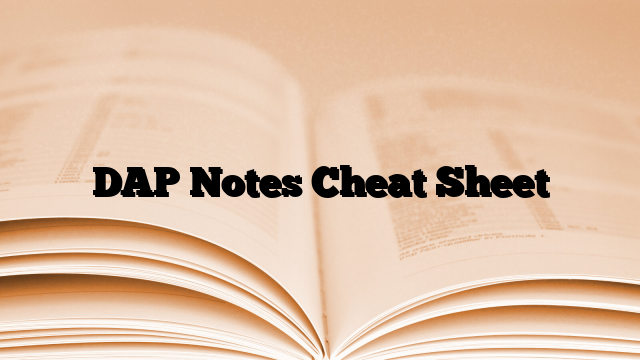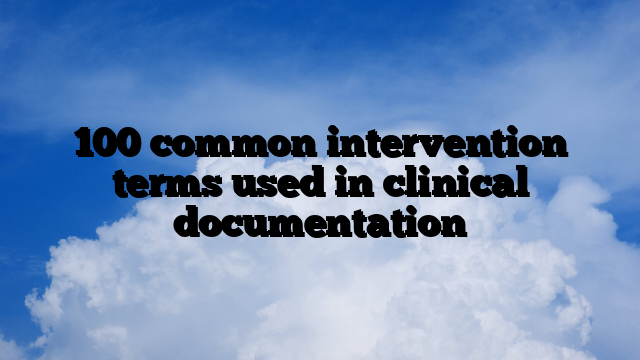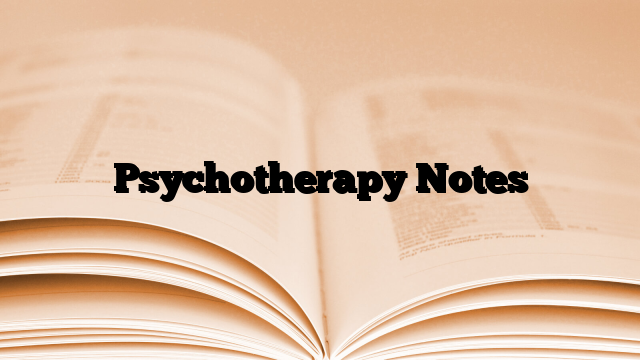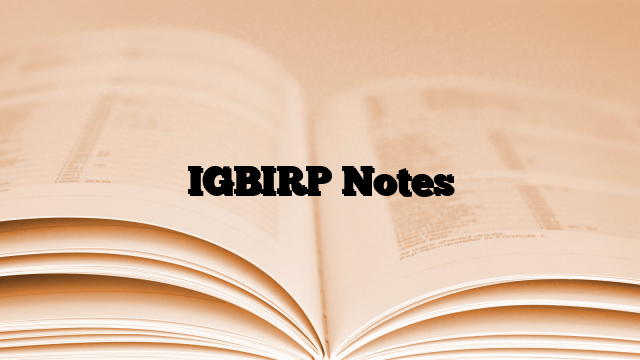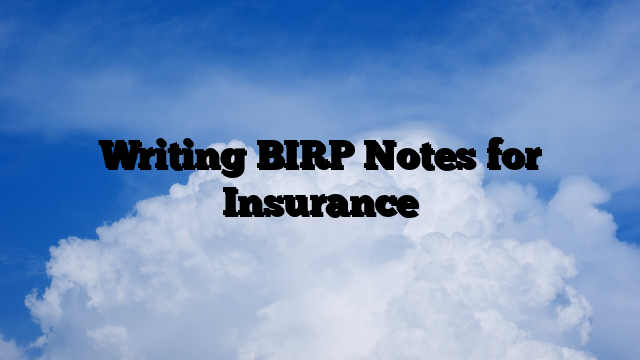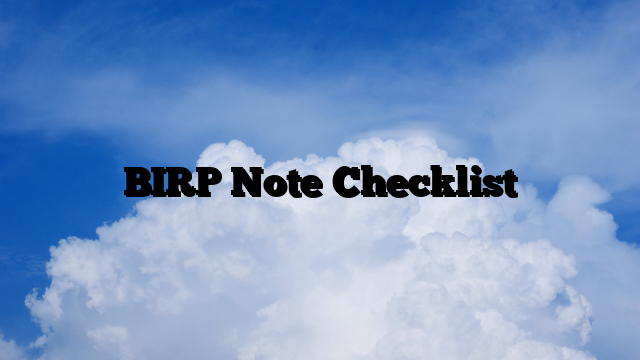Documentation is an important skill for mental health professionals, serving as a cornerstone for effective client care and legal compliance. DAP notes provide a structured method for capturing the essence of psychotherapy sessions. This dap notes cheat sheet is going to be a lifesaver for anyone who’s ever felt like deciphering clinical notes is like solving a Rubik’s cube blindfolded!
Here, we will break down Data, Assessment, and Plan (DAP) notes into digestible, easy-to-understand pieces. Whether you’re a seasoned healthcare professional or a bewildered intern just trying to stay afloat, this cheat sheet will be your friendly guide through the jargon jungle. So grab a coffee, relax, and let’s demystify these cryptic notes together with some laughs along the way. Trust me, it’s not rocket science—though we admit, rockets might be easier to understand sometimes!
So let’s get started.
So basically as we know DAP stands for Data, Assessment, and Plan. Here is the breakdown of what each section typically includes:
Data:
This section includes the factual information gathered during the session. It covers what the client says and does, including direct quotes, behaviors observed, and subjective reports of how they are feeling or what they are thinking.
Include details such as the client’s mood, affect, thought content, and any pertinent physical observations.
Assessment:
The assessment section is where the clinician interprets or makes sense of the data. This might include linking the current session’s data to previous sessions or overall treatment goals.
It should reflect any changes in the client’s status and may include diagnoses when appropriate.
This section often highlights insights into the client’s issues, progress, or any patterns that are emerging in therapy.
Plan:
The plan outlines the next steps in the client’s care. This could involve continuing the current treatment approach, adjusting therapies, planning for a crisis, or setting goals for the next session.
It should also include any homework or tasks the client is expected to complete, referrals to other services, or plans for follow-up on specific issues.
In Short: In the Data section, be objective; only describe what was observable or directly reported by the client. In Assessment relate observations to theoretical frameworks or therapeutic goals. Consider the client’s progress and any barriers they are facing. And in the Plan part always link back to the treatment goals. Be specific about any actions to be taken by both the clinician and the client.
Including these elements in a structured way can significantly enhance the quality of documentation, making it a powerful tool for both treatment planning and legal documentation.
Challenges and Tips for Perfect and Effective DAP Notes
Writing DAP notes can sometimes be challenging, especially in maintaining a balance between detail and brevity. To overcome these challenges, here are some tips:
Clarity and Simplicity:
The notes should be concise yet detailed enough to provide a clear picture of the session. Avoid unnecessary jargon and ensure the notes are understandable to anyone who might read them, including other healthcare providers or insurance companies.
Timeliness:
Writing notes immediately after a session is recommended to ensure accuracy and prevent the omission of critical details.
Professionalism:
Since these notes may be used in legal contexts or by other practitioners, maintaining a professional tone and avoiding biased or subjective language is crucial.
Using Templates:
Employing a standardized template can help streamline the note-taking process, ensuring all vital aspects of the session are covered without spending too much time on each note.
Maintain Confidentiality:
Always adhere to privacy laws and ethical guidelines to protect client information.
EMR Software:
Utilizing Electronic Medical Record (EMR) software can enhance the organization and efficiency of recording DAP notes, making the data more accessible and easier to manage.
Adaptability of DAP Notes
While DAP notes offer a structured format, they can be adapted to better suit specific situations or client needs. For instance, some practitioners use DARP notes, where ‘R’ stands for Response, to include the client’s reactions to the assessment and plans discussed during the session. This adaptation can provide a more comprehensive view of the client’s engagement with the treatment process and anticipate the effectiveness of the planned interventions.
The Bottom Line:
Quality DAP notes are necessary for quality mental health care, providing clear and concise records that guide therapeutic decisions and comply with legal standards. By focusing on the key components of Data, Assessment, and Plan, and utilizing digital tools, mental health professionals can improve their documentation efficiency and accuracy, ultimately improving client outcomes.
Wrapping up our little DAP notes cheat sheet, we hope this cheat sheet not only clarifies what DAP stands for—Data, Assessment, Plan—but also makes your note-writing sessions less of a brain-scratcher and more of a breeze. Remember, these notes are essentially your professional diary entries, so keep them clear, concise, and cheeky (well, maybe just the first two!). Whether you’re an experienced pro or a newbie to the field, mastering DAP notes will make your day smoother and your documentation spot-on. So, grab your pen, or rather, park your fingers on that keyboard, and let the DAP magic unfold in your clinical narratives. Happy documenting!
